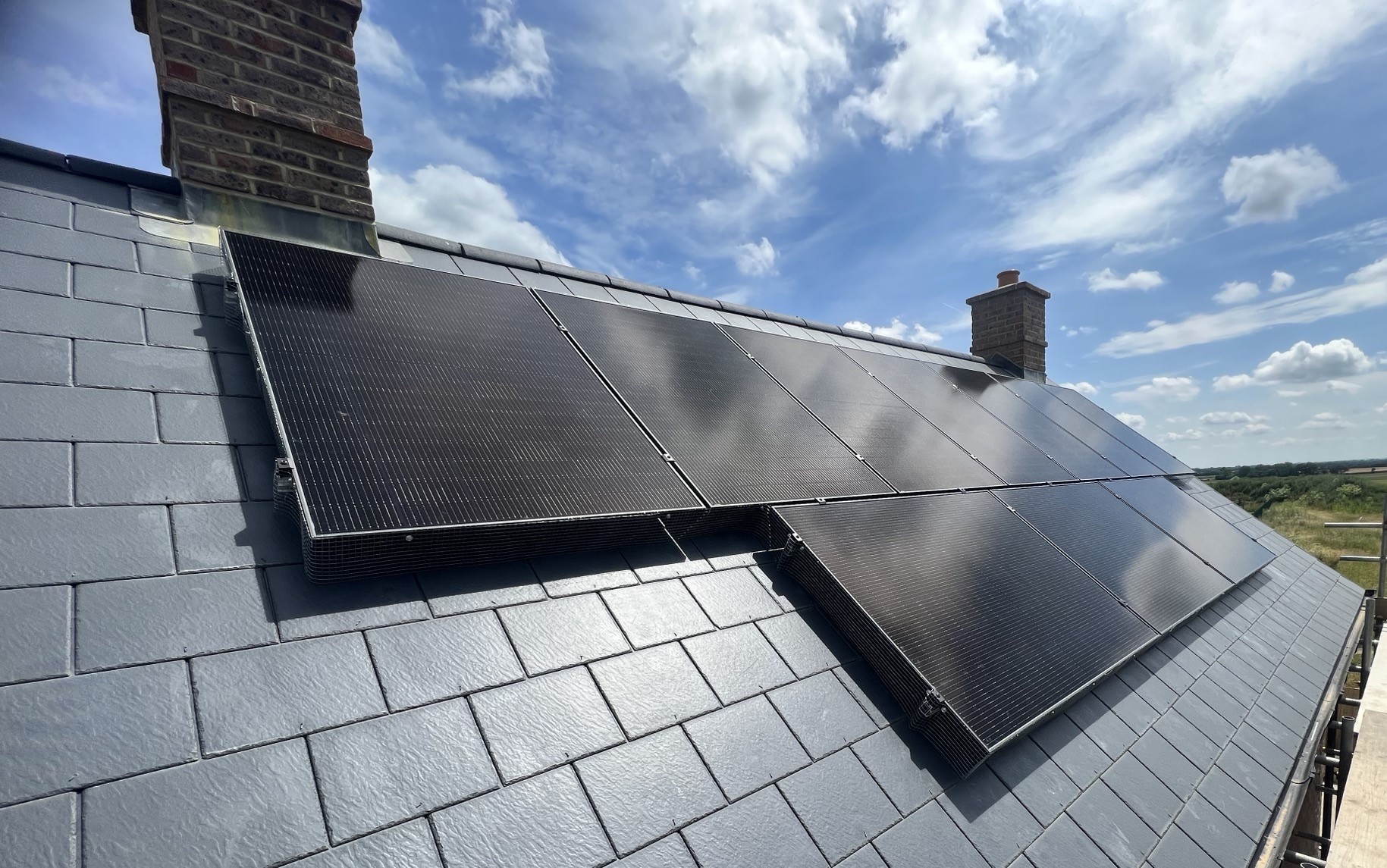From ancient civilisations using mirrors and glass to ignite fires, to today’s cutting-edge solar farms generating clean electricity, the history of solar energy is as fascinating as it is diverse. While the solar panels we recognise today are a relatively modern technology, the roots of solar power stretch back as far as the 7th century B.C. In this blog, we’ll take a journey through time to explore where solar energy began, how it evolved, and where it’s heading next.
7th Century B.C to 1700 – Playing with Fire
The history of solar energy starts here where ancient civilizations used magnifying glasses to start fires. The ancient Greeks and Romans documented using the sun’s rays to light torches for religious ceremonies. By the 4th century AD, the Romans had started to use large south facing windows to heat the bathhouses and let in the sun’s warmth.
1700-1900 – Science Takes the Lead
Swiss scientist Horace-Bénédict de Saussure invents the world’s first solar collector – an insulated box with an entrance and three layers of glass used to amplify the sun’s heat to 110 degrees Celsius. In 1839, French scientist Edmond Becquerel first discovers the photovoltaic (PV) effect. While experimenting with electrolytic cells, he realised that sunlight increased electricity production. By 1876, it was discovered that selenium converted light into electricity without heat, leading to the first selenium solar cell in 1883 and the first commercial solar water heater invented 10 year later, paving the way for solar’s practical use in daily life.
The 20th Century – a Turning Point for Solar Electricity
The 1900s marked rapid scientific advancement in solar technology. In 1905, Einstein published a paper on the photoelectric effect followed shortly after with the first solar collector designed with copper coils, which to this day remains strikingly similar to its original design.
Public awareness of environmental issues began to grow, and in 1953, media reports started appearing about global warming, setting an awareness among the public for practical solutions to energy production. Just a year later the first silicon photovoltaic cell was created, launching a new era for solar electricity. In 1958, the Vanguard 1 space satellite launched with PV-powered systems on board.
By 1960, Hoffman Electronics had achieved a 14% efficient PV cell and in 1963 Japan uses PV cells to power a lighthouse – a 242 watt array, the largest of its kind at the time. Throughout the 1970s, solar technology became more affordable and began entering commercial and public infrastructure.
In 1982, the world saw its first solar-powered car—The Quiet Achiever—which completed a 2,800-mile journey across Australia in just 20 days. With oil crises, energy shortages, and environmental concerns mounting, solar power gained traction as a viable energy source. By the mid-1990s, the world began to see a solar boom, with rooftop systems and solar farms expanding around the globe.
The 21st Century – Solar Goes Mainstream
Since the turn of the century, manufacturers and scientists have been focusing on making solar more efficient and affordable for all. The early 2000s saw the government incentivise solar by introducing the Feed-in Tariff (FiT) to encourage households to switch to solar and offset the initial high investment costs. By 2019 the cost of solar had dropped so significantly that the government closed applications for the FiT and in 2020 they launched the Smart Export Guarantee (SEG), allowing home owners to receive an income for excess energy exported back to the grid. Today, modern solar panels have an efficiency of 24-25% – meaning more of the sun’s energy is captured and converted to usable electricity.
The UK is also investing in large-scale solar farms in the race to hit Net Zero by 2050. The production of green energy is vital to reducing the damage fossil fuel generated energy does to the environment. The UK government is also making it possible for more homes to get solar installations, by making all solar PV purchases VAT free, offering grants and loans to low-income homes and going forward ensuring all new builds have solar PV panels installed at construction phase.
Future-Proof Energy: The Evolving World of Solar Technology
With the rising demand for affordable solar solutions, researchers are looking for ways to increase efficiency, reduce manufacturing costs and find new technology that can benefit the green energy industry. Current research is being developed into perovskite solar cells, their ability to absorb a wider spectrum of sunlight makes them exceptionally good at converting sunlight into electricity. One of the most exciting developments in solar technology is perovskite silicon tandem solar cells, layering a perovskite cell over a traditional silicon cell, giving a higher absorbency spectrum and making the panel more efficient. Although these are still under development, they show exciting potential for future residential and commercial solar systems. At SolarTherm UK, we are closely monitoring this technology and look forward to offering it as soon as it’s commercially available.
Looking Ahead
From fire-starting with magnifying glasses to high-efficiency PV systems and futuristic solar tech, solar energy has come a long way. As technology continues to advance, solar will play a central role in powering homes, businesses, and entire cities sustainably and affordably.
Want to be part of the solar revolution?
Contact SolarTherm UK today to learn how solar can work for your home or business. Get a free bespoke design and quote – no hard sell, just expert, honest advice.
Your home. Your energy. Your future.





